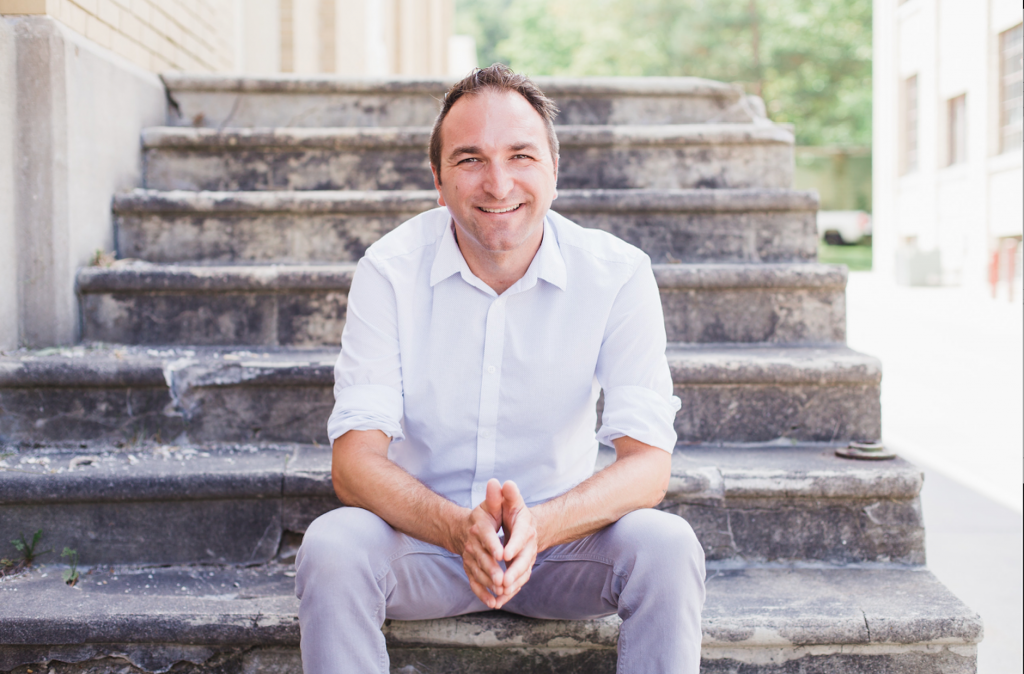What does thought leadership mean to you and your business?
Being a thought leader to counselors in private practice means breaking down complexities into small, bite-sized, and actionable resources and tips. People are flooded with information, thought leaders go through all the options and save people time by saying:
- “This is what works”
- “This is a system or structure that will move you forward quicker.”
For counselors that are planning, starting, and growing a private practice, this means creating content that is both practical and engaging.
How would you define thought leadership?
Thought leadership is beyond just giving information, it involves an element of connection as well. The thought leaders we love are often quirky, odd, and stand out. They’re not another talking head. They have embraced their unique characteristics.
Think about Gary Vaynerchuck, Seth Godin, and Sally Hogshead, they have found ways to embrace their unique skills and speak about something in a new way, by bringing together ideas that have not been laced together. Often times thought leaders aren’t creating something brand new, instead, they are making ideas easier to consumer.
That is why the world’s thought leaders are often the world’s students. They are trying new things and learning outside of their field. They learn something from martial arts and apply it to business, like Timothy Ferris. Or they look at spas to build a Mac Store, like Steve Jobs. Thought leadership is about weaving together elements in a new way.
What ways are you going about becoming a thought leader? (awards, speaking, content, etc.)
Counselors in private practice aren’t typically trained in business while in graduate school. When they leave school, they have no idea how to plan, start, and grow a private practice. Through my blog and podcast, I have explored the process of starting and growing a practice. At first, I focused on documenting what I was learning.
I didn’t set myself up as a thought leader. Instead, I was a co-learner. Then the next phase was where I could answer questions that others didn’t know how to answer. People got stuck, and I helped them. The last phase of developing into a thought leader has been to create my own system of success. For me, this has been looking at three steps that I always repeat in my goals: Slow Down, Spark Ideas, and Innovate. In doing this, we create those “shower moments” or “aha” times. Our brains are given a break and they can truly innovate. Lastly, when we’re at the innovation stage, I’m teaching counselors how to plan, set, and outsource goals, so that they can get more done and increase their impact, influence, and income.
What’s the biggest challenge in becoming a thought leader?
After interviewing hundreds of thought leaders for my blog and podcast the biggest challenge I see in becoming a thought leader is the “imposter syndrome.” Even the top thought leaders quietly ask themselves, “What am I doing here?” It may only be occasionally, but that quiet voice often is hard to push away. Top leaders have done a number of things to overcome this challenge:
1. They are not paralyzed by perfection and instead see risk as an experiment to see what works.
2. They look at themselves as continually learning, especially when they fail.
3. They find ways to slow down and focus on the tasks that move the needle forward, instead of the daily logistics of their business.
 Joe Sanok is a private practice consultant and owner of Mental Wellness Counseling in Traverse City, MI. He is a thought leader that helps counselors to plan, start, and grow private practices. But more importantly, he helps them to slow down so they can access their amazing ideas and change the world.
Joe Sanok is a private practice consultant and owner of Mental Wellness Counseling in Traverse City, MI. He is a thought leader that helps counselors to plan, start, and grow private practices. But more importantly, he helps them to slow down so they can access their amazing ideas and change the world.
